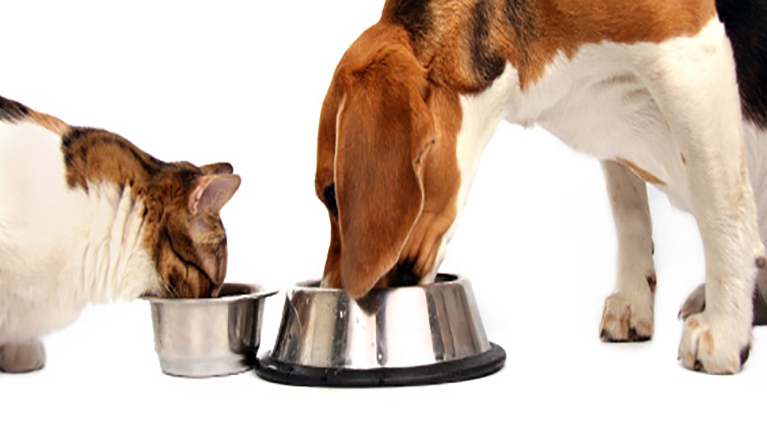Just as many people are paying closer attention to what we put on the dinner table, the quality of what pet owners put in the dog and cat dish is changing, too.
Raw pet food is positioned for continued growth as pet owners demand pet food with no artificial ingredients, preservatives or fillers. Raw pet food sales in the United States have rocketed from $117 million in 2012 to $393 million in 2016.
But with all that growth comes controversy. Many veterinarians warn against feeding pets raw diets, citing contamination risks. The Food and Drug Administration as well as the Center for Disease Control have also warned against raw pet food due to the possibility of food poisoning to both pets and their owners. The CDC has even published an infographic about pet food safety.
Solving the Salmonella Problem
A study cited in the Journal of the American Veterinary Medical Association found that 45 percent of the raw meat fed to racing Greyhounds tested positive for Salmonella. And while Salmonella may only not have much of an effect on a healthy dog, it can spell trouble for an elderly pet or one with a compromised immune system. Not to mention the danger of cross-contamination to pet owners.
So how to provide the raw pet food that is still “all natural” with no artificial preservatives while maintaining food safety?
Many pet food companies like Stella & Chewy’s, Nature’s Variety, Primal Pet Foods and MiracleCorp are using high pressure processing (HPP) as a way to deal with potential contamination. By inactivating pathogens in the pet food, HPP negates concerns of food-borne illnesses and cross-contamination as well as extends the shelf life of the fresh pet food. Plus the flavor, texture and nutrients in the pet food are preserved. The pet food remains “raw” as it hasn’t been exposed to heat but is now much safer for both pet and owner.

